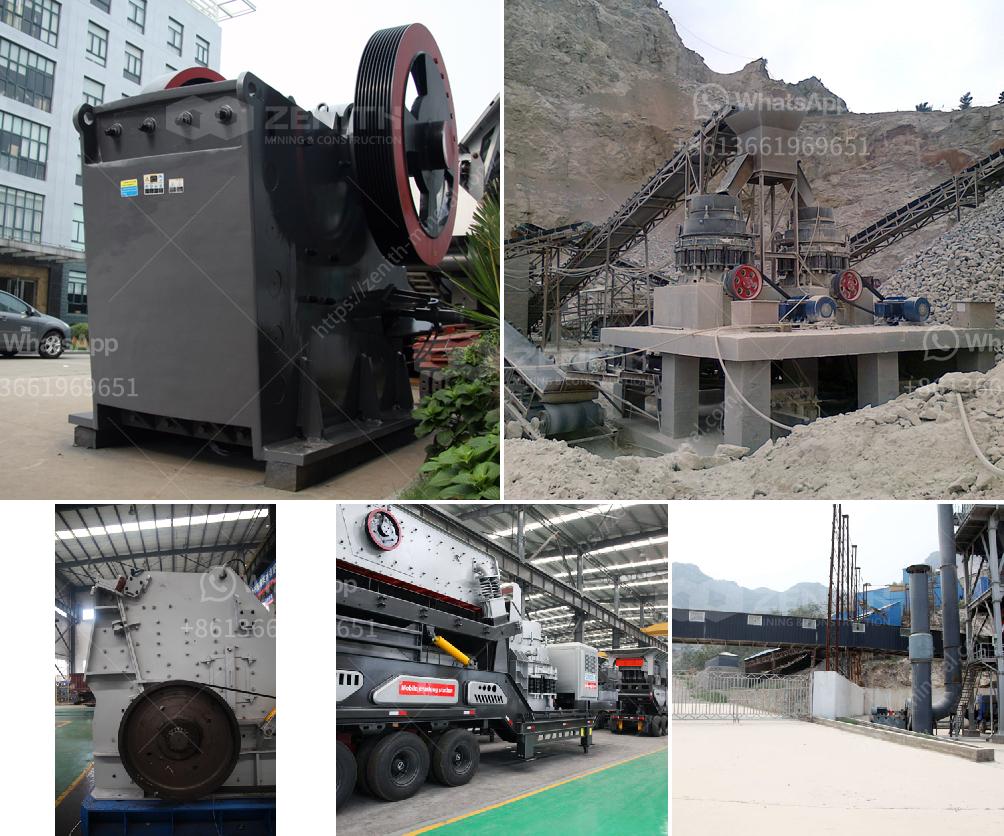Bauxite ore is the primary source of aluminum and is composed mainly of hydrous aluminum oxides and aluminum hydroxides. Here are some key characteristics and properties of bauxite ore:
Characteristics of Bauxite Ore
-
Composition:
- Bauxite primarily contains minerals such as gibbsite (Al(OH)₃), boehmite (γ-AlO(OH)), and diaspore (α-AlO(OH)).
- It also contains impurities like iron oxides (hematite and goethite), silica (quartz), and titanium dioxide (anatase and rutile).
-
Color:
- The color of bauxite can vary from white to gray to reddish-brown, depending on the iron content. High iron content gives it a reddish hue.
-
Texture:
- Bauxite has a pisolitic structure, meaning it contains small, rounded grains or pisolites.
- It can be earthy, clay-like, or hard and dense.
-
Hardness:
- Bauxite has a relatively low hardness, typically ranging from 1 to 3 on the Mohs scale.
-
Density:
- The density of bauxite varies but generally falls between 2.3 to 2.7 g/cm³.
-
Reactivity:
- Bauxite is chemically reactive, especially with acids and alkalis, which is exploited in the Bayer process for aluminum extraction.
Crushing Bauxite Ore
Crushing bauxite ore involves several steps to reduce the size of the ore and prepare it for further processing. Here’s a detailed explanation of the process:
-
Primary Crushing:
- The bauxite ore is initially crushed using primary crushers like jaw crushers or gyratory crushers. These machines apply compressive force to break down large chunks of ore into smaller, manageable pieces.
-
Secondary Crushing:
- After primary crushing, the ore is further reduced in size using secondary crushers such as cone crushers or impact crushers. These crushers provide finer crushing and help achieve the desired particle size.
-
Screening:
- The crushed ore is then screened to separate fine particles from larger ones. Screening helps in classifying the ore based on size and ensures uniformity in the subsequent processing stages.
-
Tertiary Crushing (if needed):
- In some cases, tertiary crushing may be required to achieve even finer particle sizes. This can be done using high-pressure grinding rolls (HPGR) or vertical shaft impactors (VSI).
-
Grinding:
- For certain applications, the crushed bauxite may need to be ground into a fine powder. This is typically done using ball mills, rod mills, or other grinding equipment.
-
Handling and Storage:
- The crushed and ground bauxite is then transported to storage facilities or directly to the processing plant. Proper handling and storage are crucial to prevent contamination and ensure consistent quality.
Equipment Used in Crushing Bauxite
-
Jaw Crushers:
- Used for primary crushing, jaw crushers can handle large bauxite chunks and reduce them to smaller sizes.
-
Gyratory Crushers:
- Another option for primary crushing, gyratory crushers are suitable for high-capacity crushing operations.
-
Cone Crushers:
- Used for secondary and sometimes tertiary crushing, cone crushers provide fine crushing and help achieve the desired particle size.
-
Impact Crushers:
- Suitable for secondary crushing, impact crushers use impact force to break down the ore.
-
High-Pressure Grinding Rolls (HPGR):
- Used for tertiary crushing, HPGRs apply high pressure to crush the ore and produce fine particles.
-
Ball Mills and Rod Mills:
- Used for grinding, these mills reduce the ore to a fine powder, which is essential for certain processing methods.
Safety and Environmental Considerations
-
Dust Control:
- Crushing operations generate dust, which can be harmful to workers and the environment. Dust control measures, such as water sprays and dust collectors, are essential.
-
Noise Control:
- Crushing equipment can be noisy, so noise control measures, such as soundproof enclosures and ear protection for workers, are important.
-
Waste Management:
- Proper disposal of waste materials generated during crushing is crucial to minimize environmental impact.
-
Energy Efficiency:
- Using energy-efficient equipment and optimizing crushing processes can reduce energy consumption and lower operational costs.
In summary, bauxite ore is characterized by its composition, color, texture, hardness, density, and reactivity. Crushing bauxite involves primary, secondary, and sometimes tertiary crushing, followed by screening and grinding. Various types of crushers and mills are used in the process, and safety and environmental considerations are essential to ensure efficient and sustainable operations.


